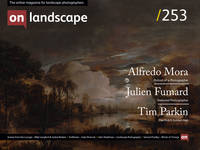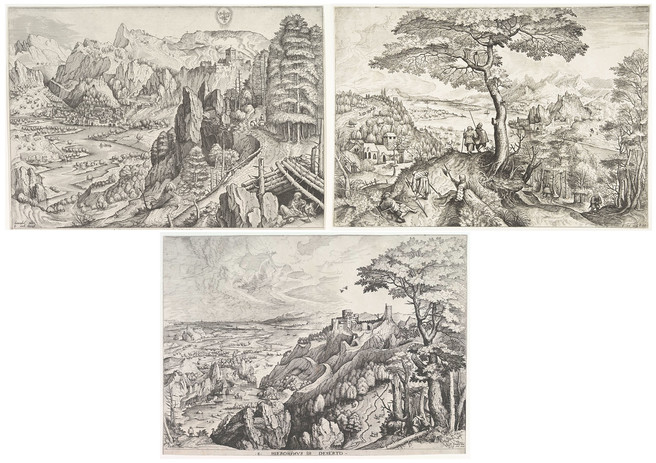The Dutch Golden Age

Tim Parkin
Amateur Photographer who plays with big cameras and film when in between digital photographs.
In the last instalment (Part Two) of my meandering exploration of the history of landscape art, I talked about the birth of what most people would consider landscape painting.
If you'd like to take a look at these two articles the links are here :-
Issue 215 - Part One - The Foundations
Issue 220 - Part Two - The Birth of Landscape
This period of mostly Northern European artwork stood on its own, away from the Italianate painters of the day. This independence probably derived from a weakened influence Catholic church and its sway over the artwork in Italy. Painters like Albrecht Altdorfer, Wolf Huber, Joachim Patinir, Albrecht Durer etc found an independent market for their work and were able to indulge their own passions, albeit still being influenced by Royal patronage and Italianate painting styles to some extent.
In the mid to late 16th century, painters such as Pieter Bruegel the Elder brought applied his Italian training and started to produce work influenced by the Northern school and his flemish predecessors (such as the World Landscapes of Joachim Patinir and Gillis van Conninxloo). The etchings below show a few examples.
Returning to the burgeoning city of Antwerp, he took some of these skills and applied them to painting scenes of daily life, something that would be called ‘genre painting’. Scenes such as markets, drinking establishments, workers in fields, etc. found popularity with the newly wealthy population of a country that no longer felt the oppressive hand of the Catholic church and who turned to Calvinism or perhaps the later Dutch Reformed Church instead.
Interestingly, it seems likely that the success of public art during this period was a product of the very successful studio "Aux Quatre Vents" (At the Four Winds), run by Wife and Husband Volcxken Dierix and Hieronymous Cock (Hieronymous is latin for Sacred Name which, in English, would be Jerome). They would take painted works and convert them to engravings which were then printed for ‘mass’ distribution. Many of the artists would have been known by their engravings more than their painted originals.


